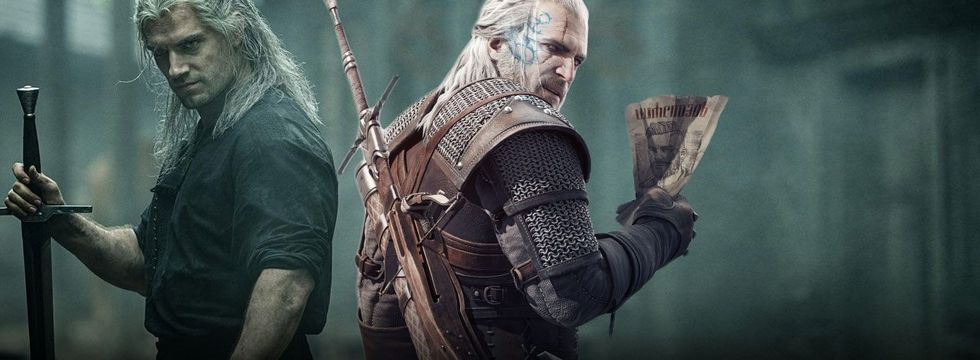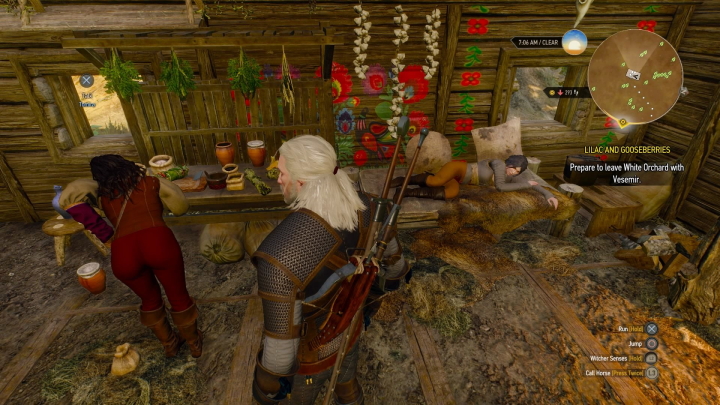Slavic charm or generic middle ages. What could Netflix learn from CDPR

- What Can CD Projekt RED Teach Netflix About The Witcher?
- Slavic charm or generic middle ages
- Friendly scuffles don't have to be cruel
- Cities are more than just empty fortresses
- Controversial heroes should be taken seriously
- Concerning Yennefer and Triss
- Dear Netflix, where's Ciri's personality?
- Geralt should be the hero of his own story
Slavic charm or generic middle ages

The Witcher 3: Wild Hunt, CD Projekt RED, 2015
Sapkowski's novels are primarily set in the author's original universe; it's true that it does not bear a huge "Slavic culture" sign on it, but you can still see many regional influences. Many of these references were lost in translation, but even for a foreign audience they are obvious, though not intrusive.
Games about the witcher, especially the first part and the beloved Wild Hunt, draw handfuls from Slavic culture. Those were the first visual representation of this story on such a large scale, and this aspect was handled very well. You could argue that this Slavic culture, telegraphed on every step – from clothes, through vegetation, the way interiors look, to music – is in most part due to the fact that a Polish team was responsible for the games.
Reasons for this state of affairs aside, it's clear that the games hugely popularized Slavonic culture around the world. The Witcher did wonders for the promotion of this part of Europe, because it actually turned the eyes of the world to its culture by showing its elements in books and games.
Books and games, no mistake here. In Netflix's show, the setting looks like any other quasi-medieval fantasy world. Of course, individual Slavic elements appear throughout the episodes. However, are certain accents in the musical setting of the first season or a bunch of original proper names enough to recognize that we're really dealing with Sapkowski's world, rather than any other generic universe that seems to rely on the Game of Thrones formula? The games show that a lot more can be done to truly reflect the atmosphere of the universe.
